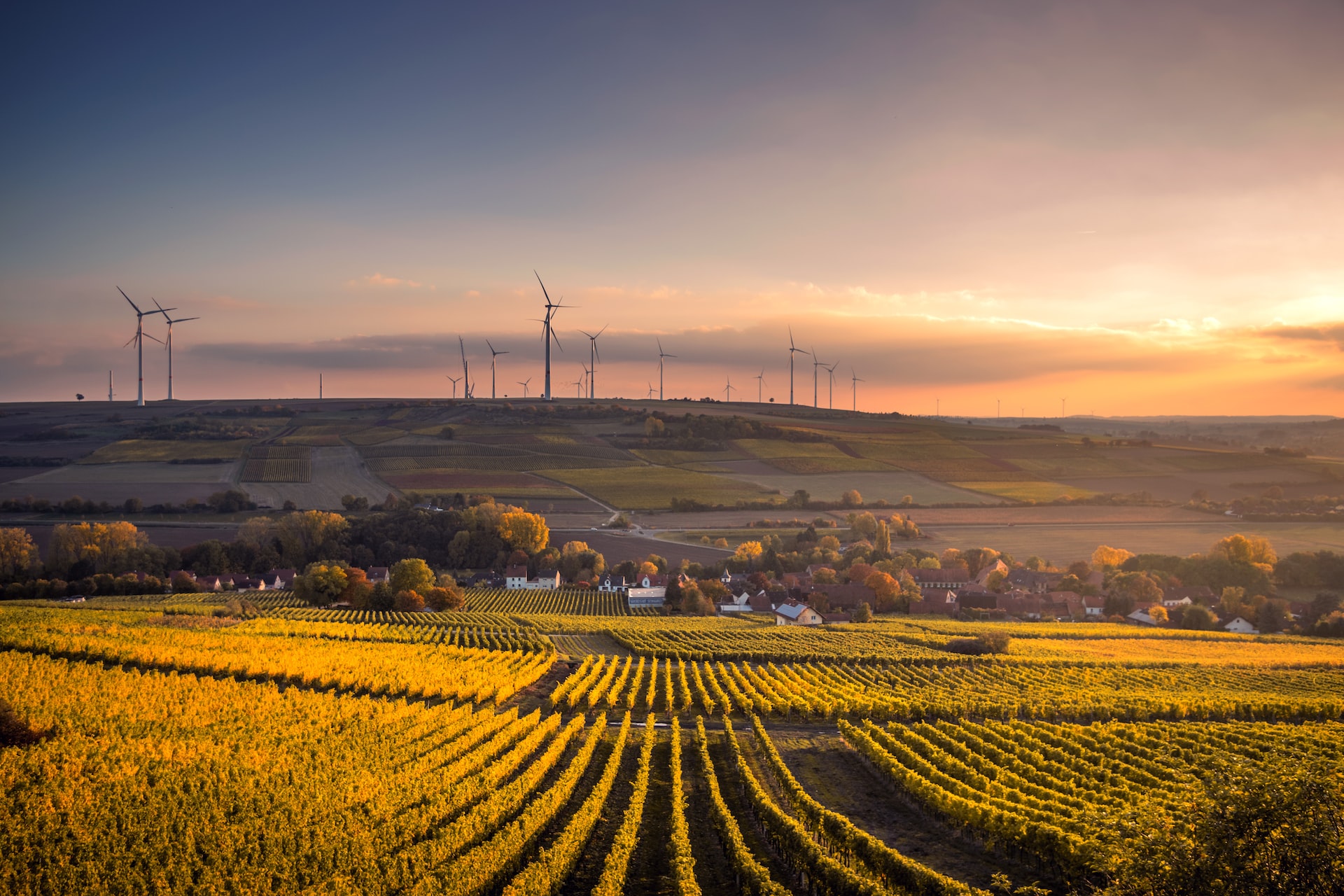A Green Future – what might we expect?
A Green Future – what might we expect?
Assume for a moment that the world achieves net zero carbon emissions and that no more fossil fuels are being produced or consumed. How might life change on Earth?
Let us assume that with no fossil fuels being burnt the CO2 concentration in our atmosphere falls to pre industrial levels of around 280 parts per million. Unlikely, because most CO2 emissions are caused by natural phenomena but let’s assume it anyway.

CO2 is an essential requirement for all plants so with less CO2 in the atmosphere food crop production could fall by about 20%.
The lack of synthetic fertilisers requiring natural gas for their production would further decrease crop production by around 30%, (see Ritchie, “How Many People Does Synthetic Fertilizer Feed?” Our World in Data (November 7, 2017)).
Now around half the world population is starving.
The National Grid estimate of £3 trillion for the UK to achieve net carbon zero (National Grid Future Energy Scenarios 2020) turns out to be a low estimate and the real cost has risen to £4 trillion. Everyone in the country is £50,000 worse off. Globally the cost per person is similar and now 75% of the world population is starving.
There are very few plastics, synthetic fabrics, synthetic dyes or paints; no oil based lubricants, no synthetic rubber for vehicle tyres and no fossil fuel feedstock for pharmaceutical production. Almost all appliances, vehicles and other products requiring plastics are no longer available. Plastic replacements made from crops are very few and very expensive. These and biofuels require more agricultural land and their production is hampered by low CO2 levels and the lack of fertilisers. Food production is further reduced and now 80% of the world’s population is starving or has starved.
Recycled products made from scrapped metals; plastics and glass are diminishing in availability as recycling rates are always less than 100% and many recycling processes involve the release of CO2 into the atmosphere.
Only the most basic medical interventions are possible as most medical devices require plastics and most pharmaceuticals cannot be manufactured efficiently without fossil fuel feedstocks.
Hardly any new steel can be manufactured as there is no coal for blast furnaces. Iron can be smelted using charcoal but this requires the felling of large numbers of hardwood trees from our forests.
There are very few ships and very few aeroplanes. The only ships that remain are nuclear powered. Air travel is extremely expensive due to the cost of producing synthetic and biofuels. A small number of wooden sailing ships have reappeared. There are also a few electric powered aircraft, but they are small and have limited range.
The cost of electricity has risen to twenty times the cost in 2024. This is due to the cost of nuclear power, wind and solar power being far greater than oil or gas powered generators. Cement is no longer available as its production releases large volumes of CO2 into the atmosphere. Without cement there is no new concrete and without concrete and steel no new nuclear power stations can be built. Also no new wind turbines can be built as there is not enough concrete or steel. Existing turbine blades have to be replaced by wooden blades when their fibreglass blades fail. As electricity is now almost the exclusive source of energy for heating; domestic and industrial activities and transport, production and distribution has had to be increased enormously. The insulation for all new wiring is by natural fabric or bioplastics increasing both cost and scarcity.

Roads cannot be built or repaired due to the lack of asphalt. This might not be a serious problem as there are now very few vehicles on the roads. Some wooden wheeled horse drawn vehicles have reappeared.
For the vast majority of people still surviving, life is hard. It is barely distinguishable from life in the 18th Century.
The climate is unaffected and continues to change due to natural forcings.
CO2 Watch 2024